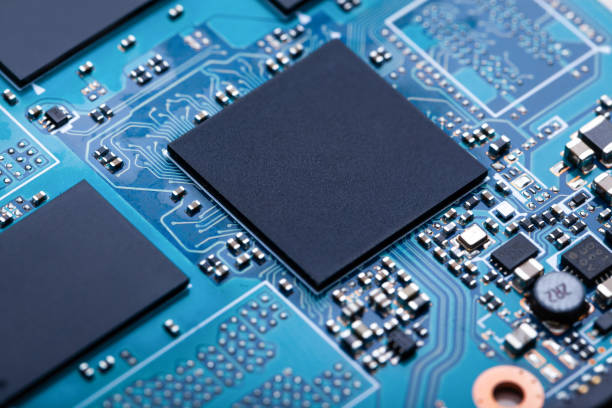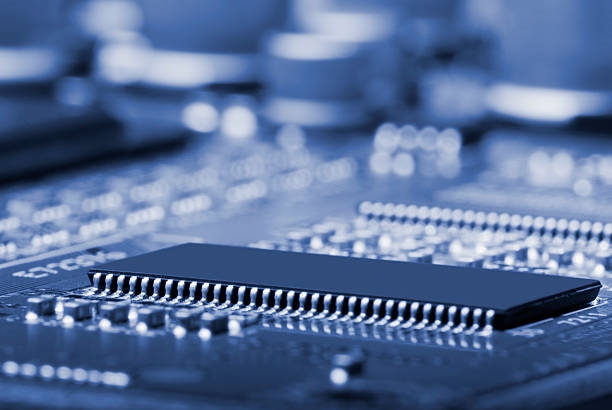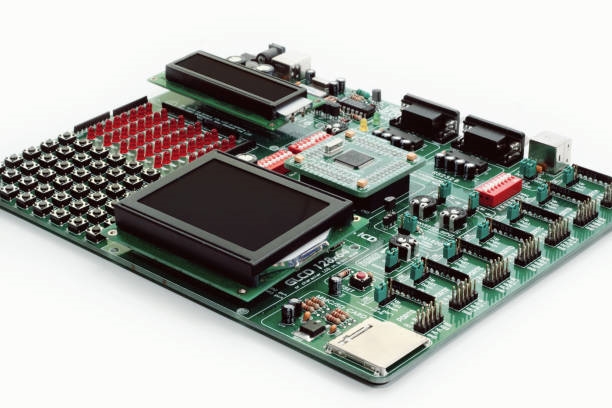What the "bit" number refers to
When we say a microcontroller is 8-bit or 32-bit, we are referring to the CPU inside the microcontroller. A microcontroller contains many internal components, not just the CPU. The CPU itself is made up of several parts, and the element that truly determines whether a CPU or microcontroller is 8-bit or 32-bit is the ALU. ALU stands for Arithmetic Logic Unit.
The CPU is the core of the microcontroller, and the ALU is the core of the CPU. All arithmetic and logic operations in the CPU are performed by the ALU, such as addition, subtraction, multiplication, division, and bitwise operations.
ALU width and data processing
The bit width of a microcontroller refers to the ALU width. An 8-bit ALU can process up to 8 bits of data at a time. For example, to add two 8-bit binary numbers, feed each number to the A and B inputs and the ALU produces the 8-bit sum at the output. A 32-bit ALU can process two 32-bit binary numbers in a single operation.
Can an 8-bit microcontroller perform 16-bit or 32-bit calculations? Yes, but it is more cumbersome. For instance, when programming an 8-bit microcontroller where the int type is 16 bits, the 16-bit value must be split into two bytes and processed separately. Likewise, a 32-bit long int must be split into four bytes and handled across multiple operations. A 32-bit microcontroller with a 32-bit ALU can perform 32-bit operations in a single step, which is the advantage of 32-bit designs. For purely 8-bit data, execution speed between 8-bit and 32-bit microcontrollers is often similar.
Data bus, address bus, and memory addressing
Data transfer between the ALU and other components uses the data bus. Commonly, when we say a microcontroller is 8-bit, we mean the data bus width is 8 bits. Fundamentally, this reflects how many bits the ALU can handle at once.
The data bus transports values, for example 01010000, which would be stored in a single byte of RAM. To select which RAM byte receives the data, the address bus is used. At the start of a RAM array there is typically an address decoder. For instance, a 2-to-4 decoder has two inputs and four outputs. If the inputs are 00, the first output line is asserted and only the first RAM byte can be written; inputs 01 assert the second line, and so on. Each distinct input pattern enables one output line.
Originally, 8-bit microcontrollers had an 8-bit address bus with an 8-bit address decoder, allowing addressing of 256 bytes of RAM. As 256 bytes became insufficient, designers extended the address bus to 16 bits, allowing 65,536 bytes or 64 KB of RAM. Even with a 16-bit address bus, if the data bus remained 8 bits the device is still considered an 8-bit microcontroller.
With continued growth in memory needs, 32-bit CPUs became advantageous. They commonly feature a 32-bit data bus and a 32-bit address bus, enabling addressing of roughly 4,294,967,296 bytes, i.e., 4 GB of memory. In the embedded field, 4 GB is rarely required, but on desktop systems higher memory capacity became important, leading to the adoption of 64-bit processors over time.
Summary
In summary, the "bit" specification of a microcontroller refers to the ALU and data bus width, which determine how many bits can be processed in a single operation and how much memory can be addressed. 32-bit microcontrollers handle wider data and larger address spaces more directly, while 8-bit microcontrollers can still process larger data sizes through multi-byte operations, albeit less efficiently.
 ALLPCB
ALLPCB








